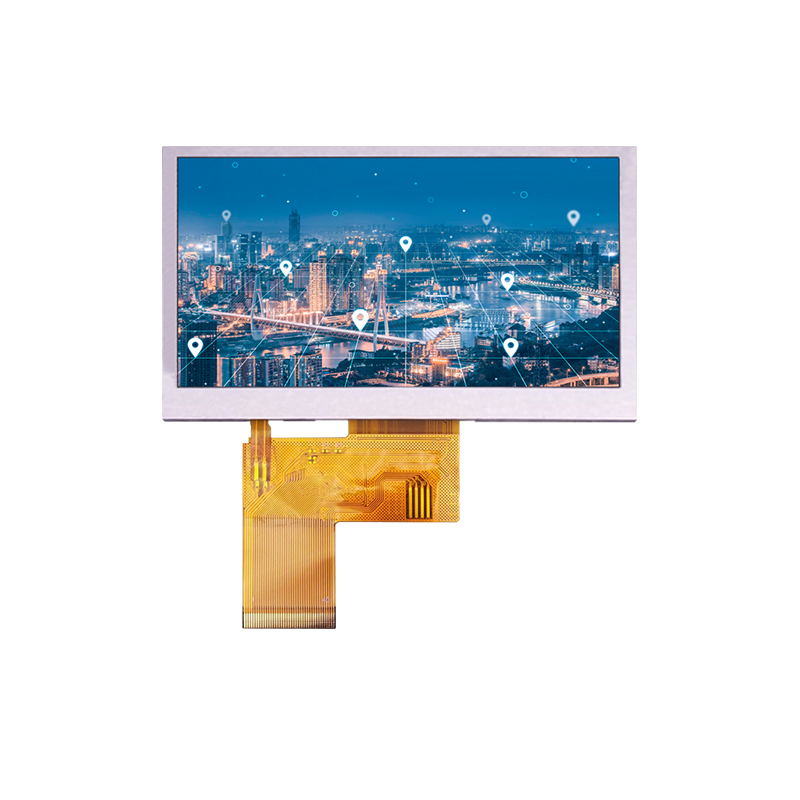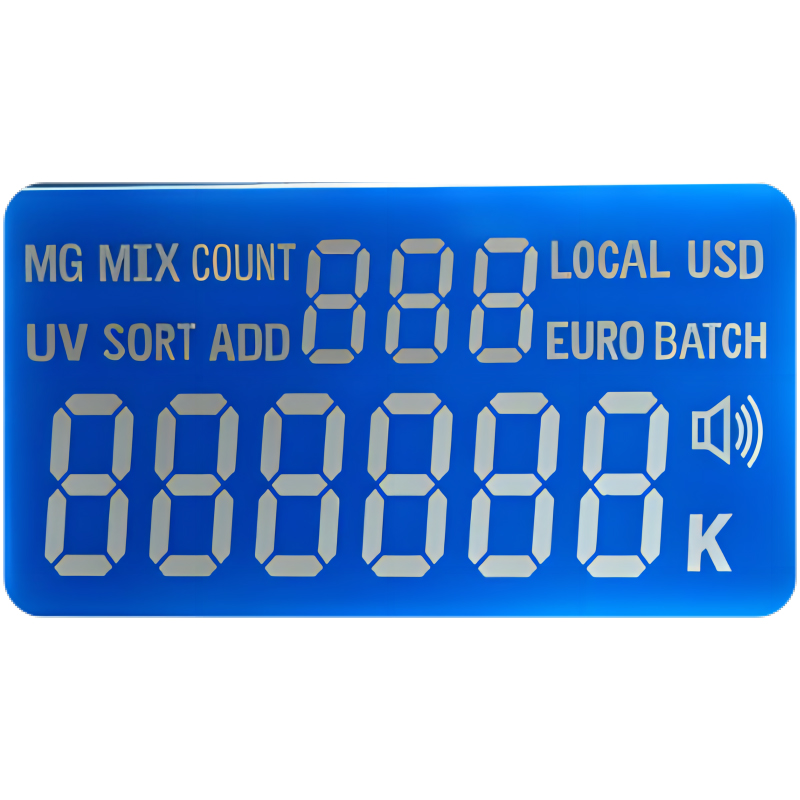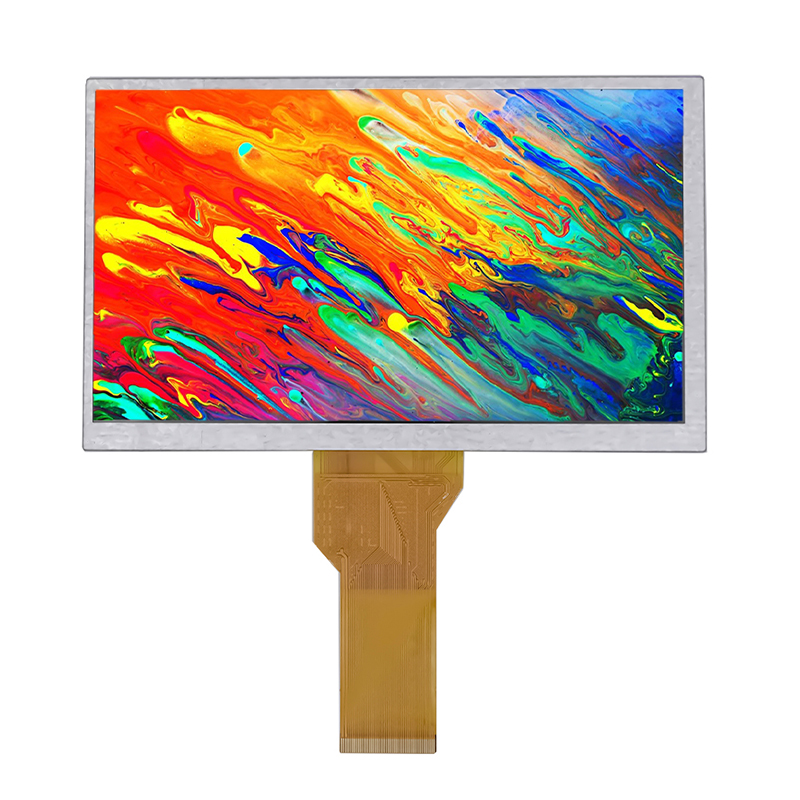
This guide explores the world of tiny OLED displays, covering their features, applications, selection criteria, and more. Learn about different types, resolutions, and considerations for choosing the right display for your project. We delve into the technical specifications and practical applications, providing you with the knowledge needed to make informed decisions.
Tiny OLED displays are small, energy-efficient displays that utilize organic light-emitting diodes to produce images. Unlike LCDs, they don't require a backlight, leading to superior contrast ratios, deeper blacks, and wider viewing angles. Their compact size makes them ideal for a variety of applications, from wearables to embedded systems.
Several types of tiny OLED displays exist, differing in technology and features. These include passive-matrix and active-matrix OLEDs. Passive-matrix displays are simpler and cheaper, but active-matrix displays offer higher resolutions and faster refresh rates. The choice depends on your specific needs and budget.
When selecting a tiny OLED display, consider these key specifications:
Tiny OLED displays are perfect for smartwatches, fitness trackers, and other wearables due to their low power consumption and high contrast.
These displays find use in various embedded systems, providing user interfaces for industrial control panels, medical devices, and more. Their small size allows for seamless integration into compact devices.
From digital cameras to portable audio players, tiny OLED displays provide clear and energy-efficient displays for various consumer electronics.
Selecting the appropriate tiny OLED display for your project requires careful consideration of your specific needs and constraints. Factors such as budget, required resolution, power consumption, and interface compatibility should all be carefully weighed.
| Feature | Display A | Display B |
|---|---|---|
| Resolution | 128x64 | 96x64 |
| Size | 0.96 | 0.66 |
| Interface | I2C | SPI |
Note: This is a simplified comparison. Always consult datasheets for complete specifications.
For more detailed information on tiny OLED displays and their applications, you can explore the resources provided by manufacturers like Dalian Eastern Display Co., Ltd. and other reputable suppliers. Many online forums and communities dedicated to electronics and embedded systems also offer valuable insights and discussions.
This guide provides a comprehensive overview of tiny OLED displays. Remember to always consult datasheets and manufacturer specifications for the most accurate and up-to-date information before making any purchasing decisions.












